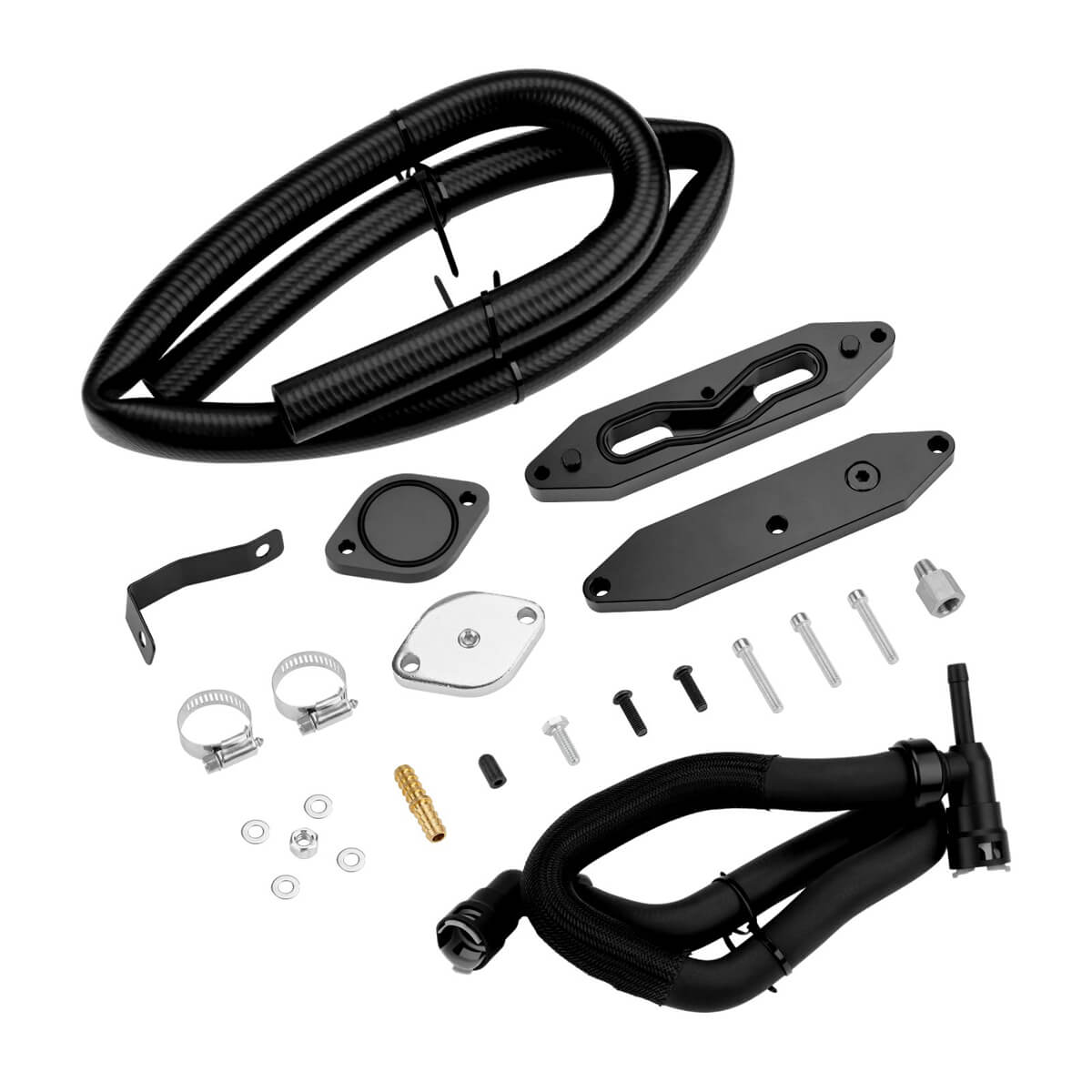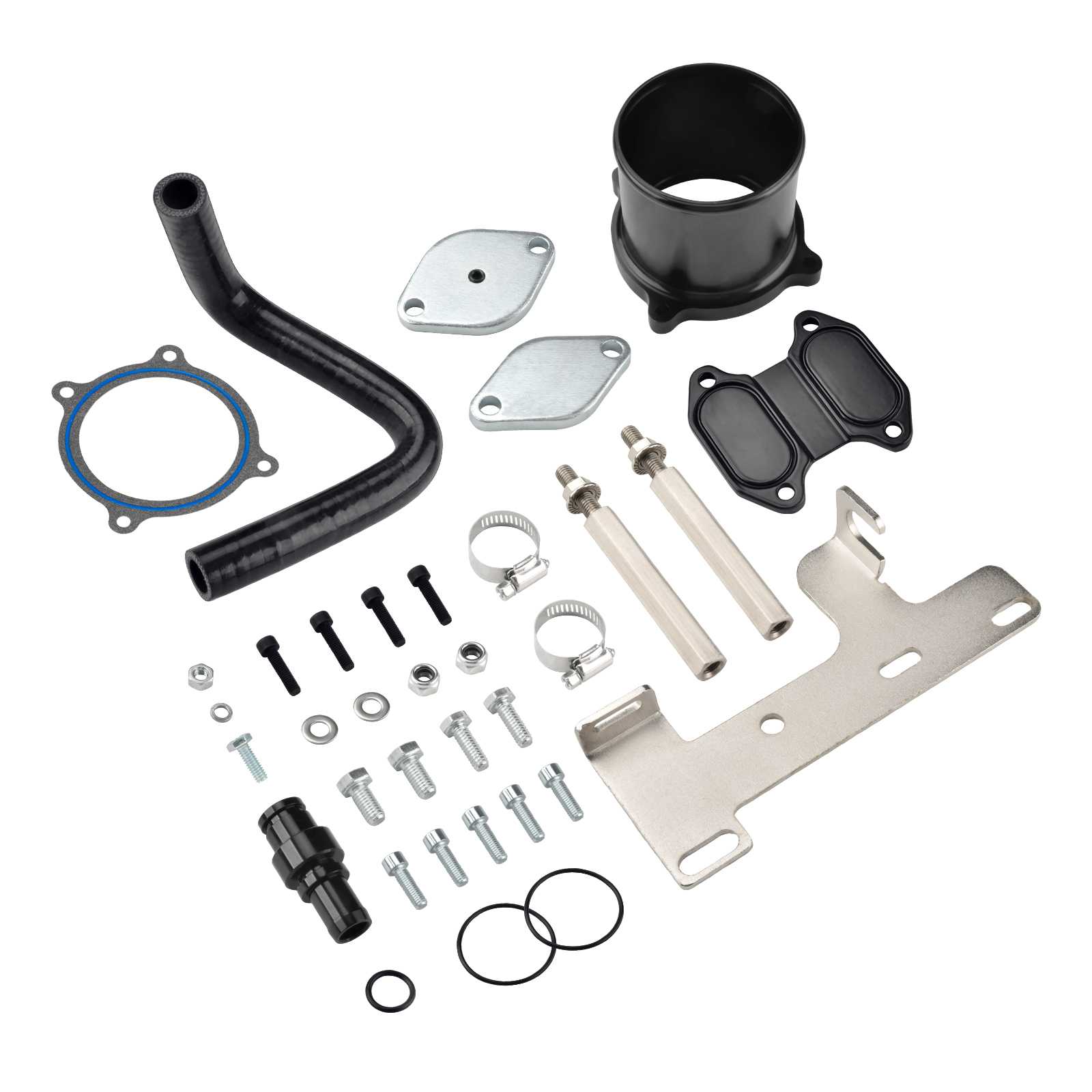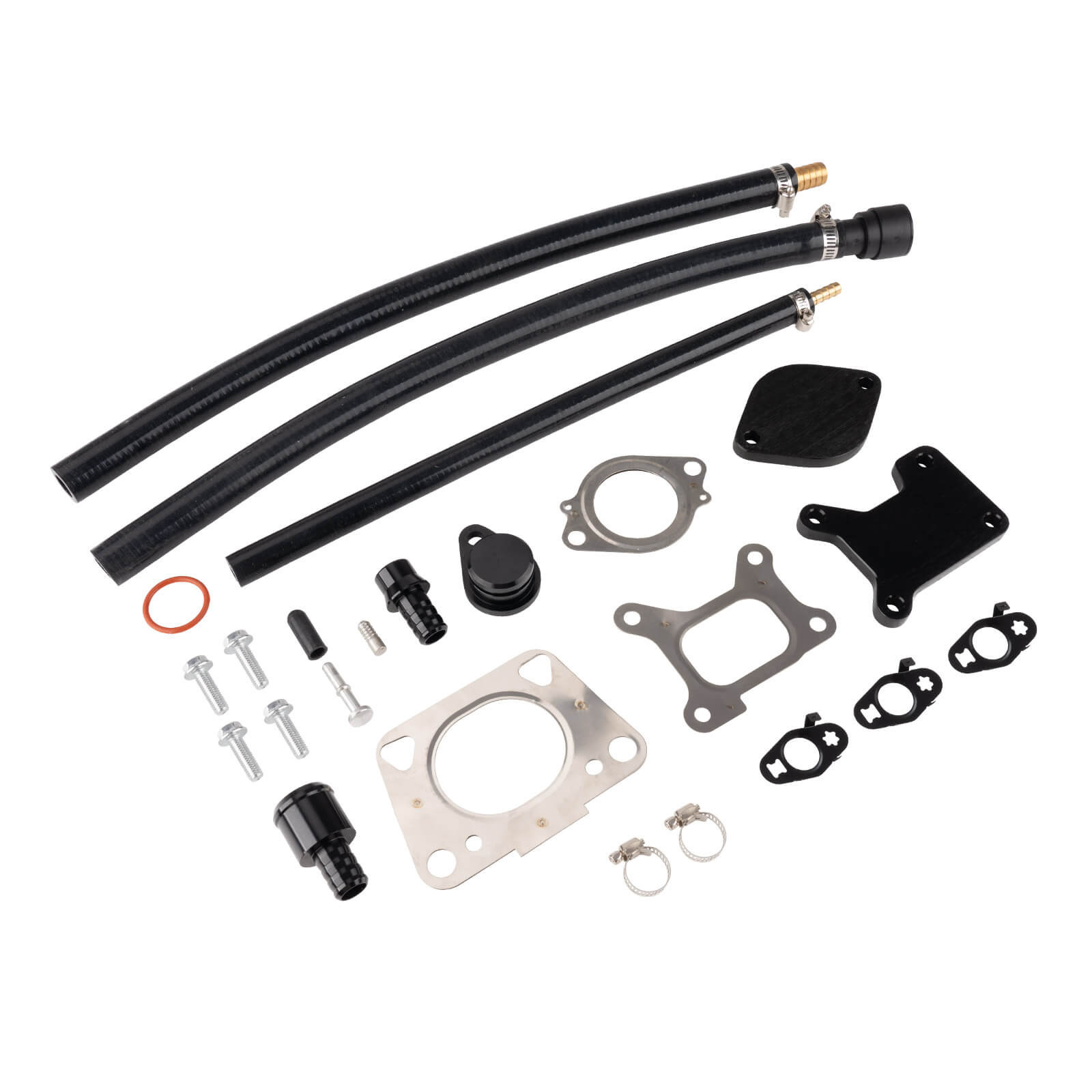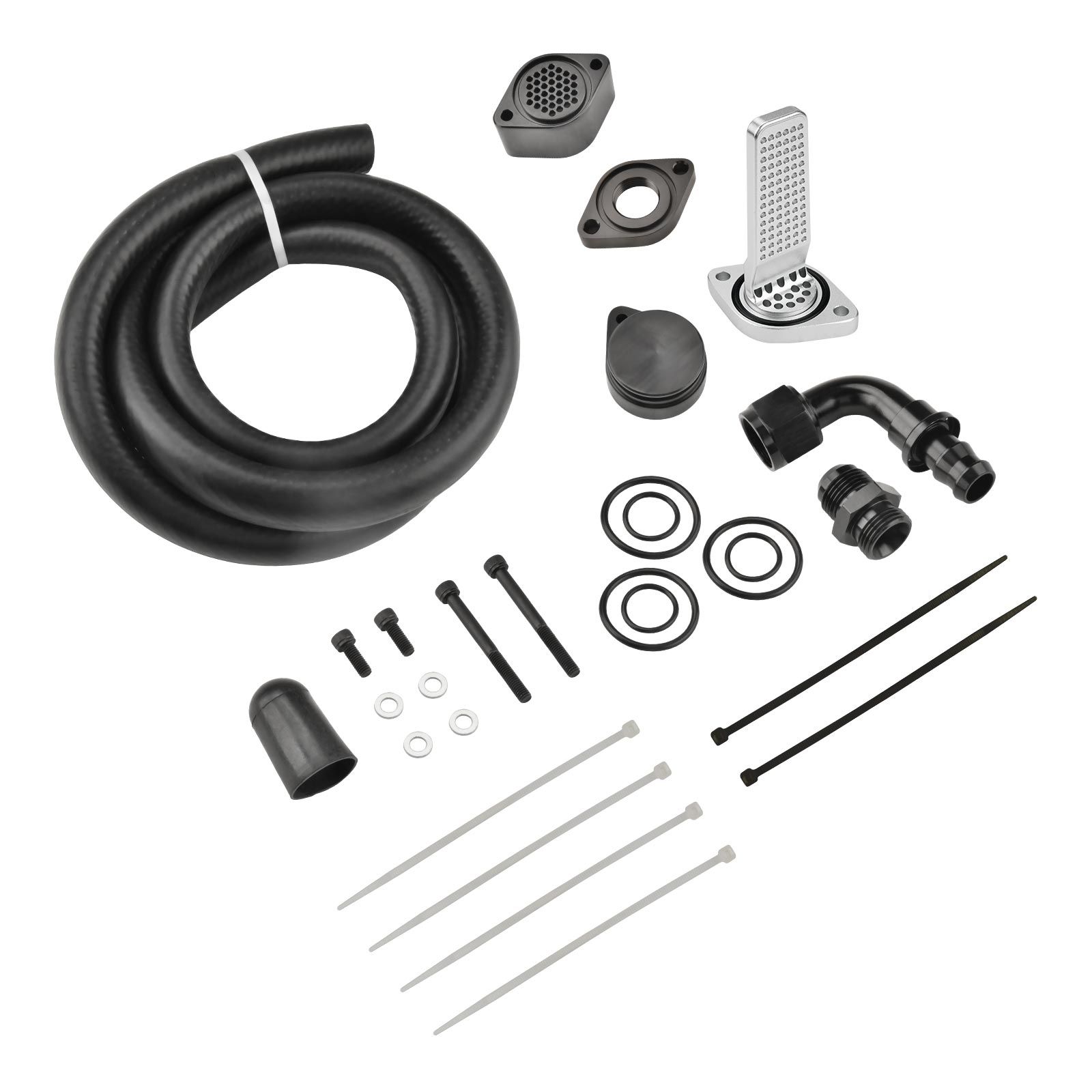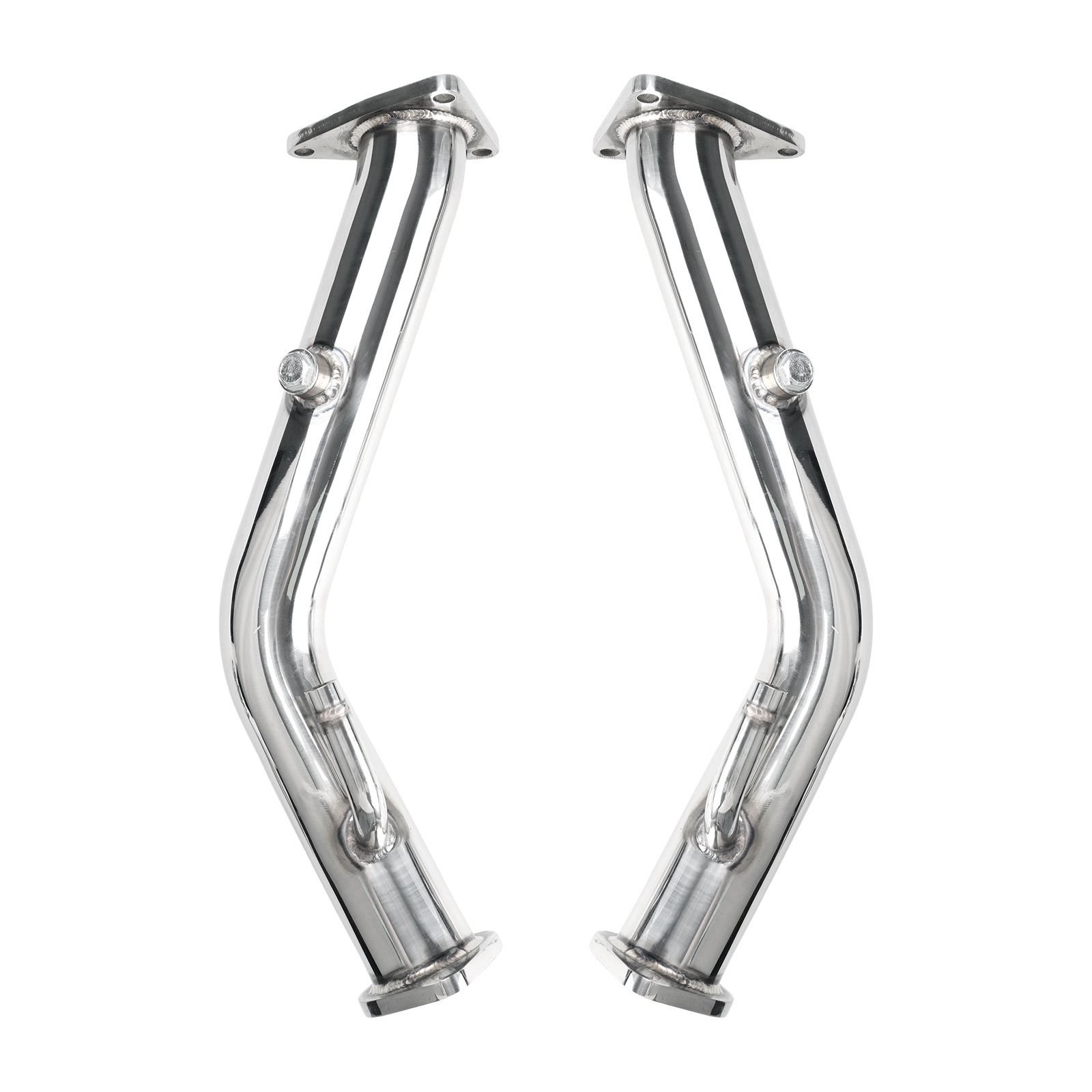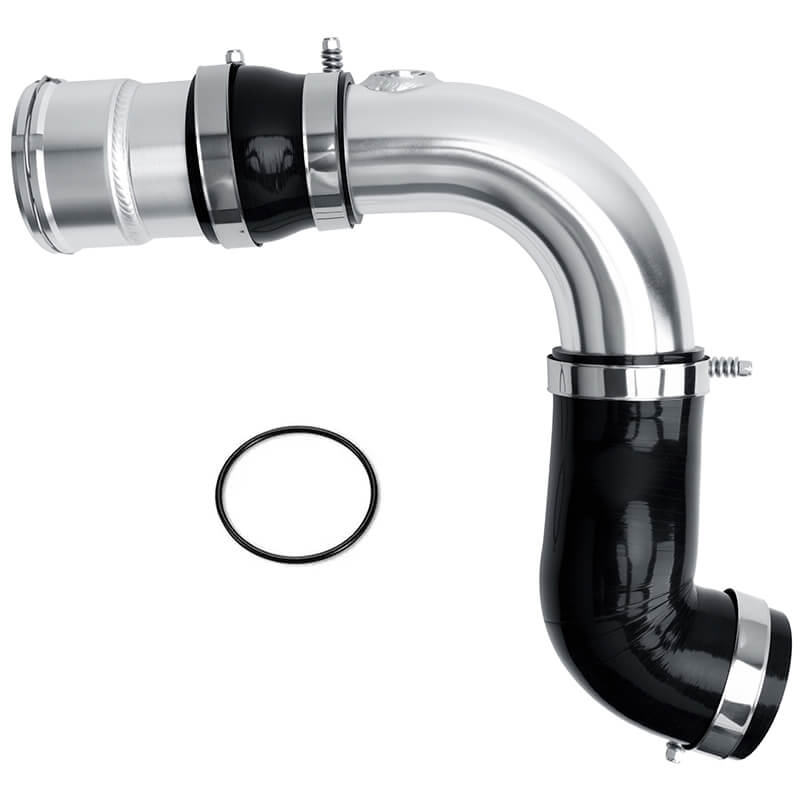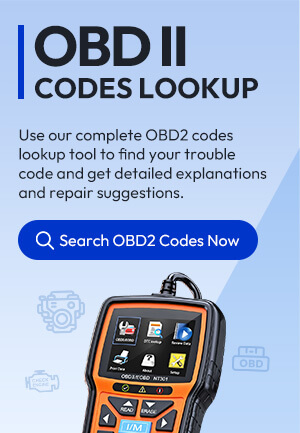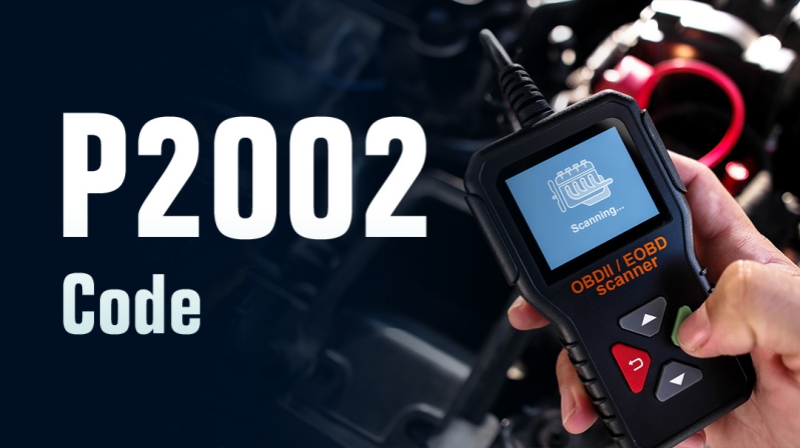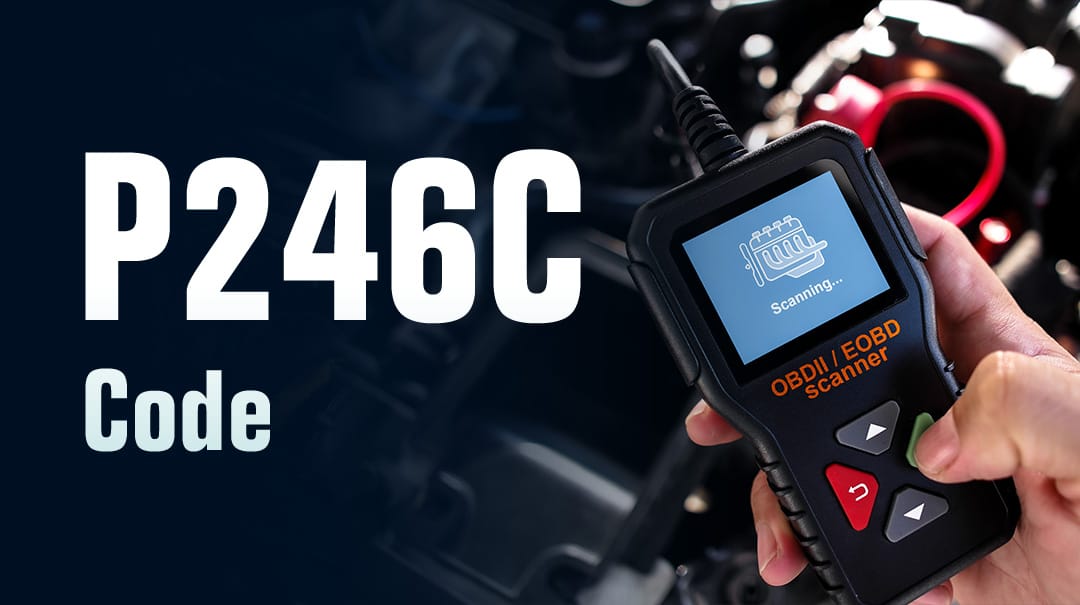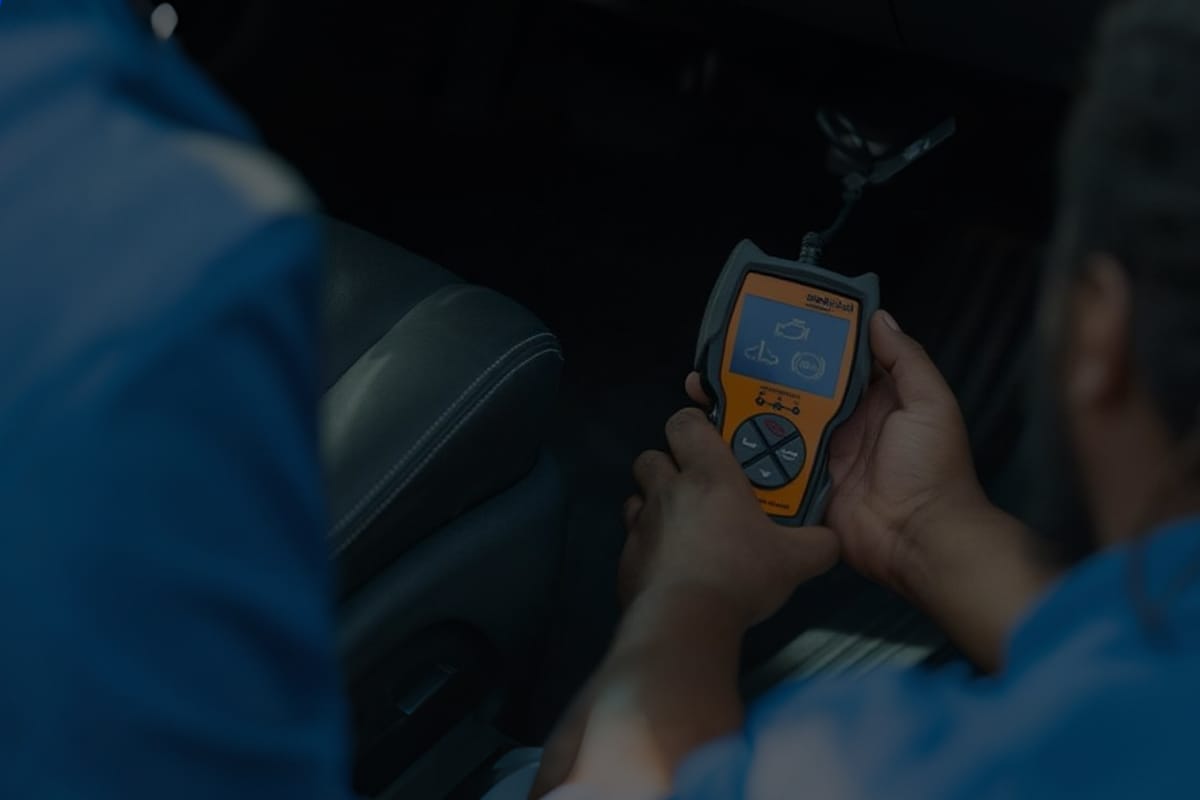Woke up to the dreaded check engine light. Scanned for the code: P0406 – “EGR Sensor A Circuit High”. Googled the fix, but nothing came of it.
Sound familiar? If this is you, you’re not alone. This guide will provide a targeted solution to P0406, whether you drive a Dodge, Ford, Jeep, or something else.
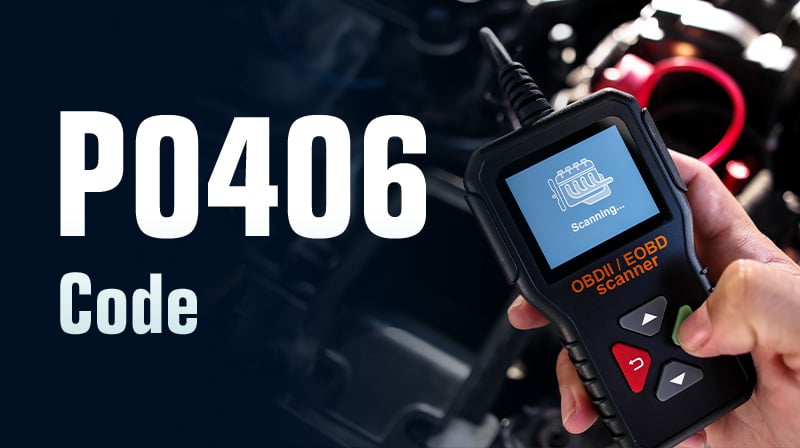
What Is P0406 Code?
The P0406 code means Exhaust Gas Recirculation (EGR) Sensor "A" Circuit High.
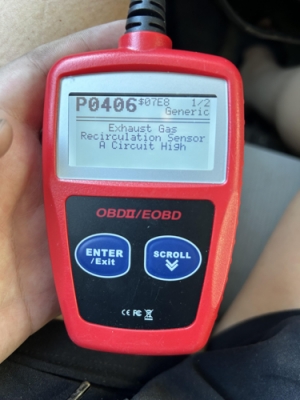
It refers to a problem with the Exhaust Gas Recirculation (EGR) system, specifically the EGR position sensor reporting a higher than expected voltage reading to the Powertrain Control Module (PCM). The EGR position sensor sends a voltage signal to the PCM indicating how open the valve is. When this voltage reading is continuously above the expected range stored in the PCM's memory, the P0406 fault code is triggered.
Importance of the EGR System:
The EGR system plays a critical role in reducing nitrogen oxide (NOx) emissions by recirculating a portion of the exhaust gas back into the combustion chamber. When the system is not operating properly, it can cause increased emissions, reduced fuel efficiency, and engine performance issues.
Common Symptoms of P0406 Code
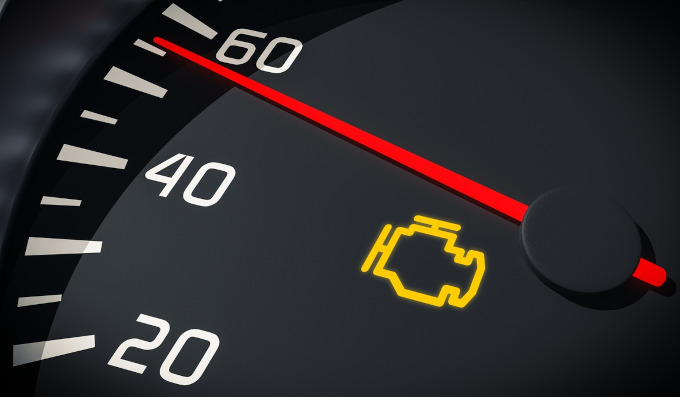
- Check Engine Light (CEL): The most obvious sign.
- Rough idle or stalling: The engine may shudder or stall when the vehicle is parked.
- Engine "rumbles" or runs noisily: Unusual combustion sounds.
- Weak acceleration or loss of power: Sluggish response when you press the accelerator.
- Poor fuel efficiency: Noticeable reduction in miles per gallon.
- Increased emissions and higher engine temperatures: Significant impact.
Important: Some vehicles display only the CEL light without obvious drivability issues - do not ignore this indicator!
Why Does the P0406 Fault Occur? Main Causes
Understanding the root cause of the P0406 fault code is crucial to effectively solve the problem. The following are the most common causes:
- EGR position sensor failure: The sensor itself has failed and continues to send a high-voltage signal.
- Wiring/connector problem: The wires/plugs in the sensor circuit are damaged, corroded, or loose (short circuit, open circuit).
- EGR passage blockage: Severe carbon deposits block the valve or hinder the flow of exhaust gas, causing the sensor to not work properly.
- EGR valve failure: The valve is mechanically stuck (usually due to carbon deposits) or its internal mechanism is damaged.
- PCM/ECU failure (rare): The engine control module itself is faulty.
How to Diagnose P0406 Code (Step-by-Step Instructions)
Tools: OBD-II Scanner, Digital Multimeter, Safety Gloves, Basic Hand Tools.
Step 1: Confirm DTC
Use the OBD-II scanner to read the P0406 DTC. Note any other stored DTCs (e.g. P0401 - Insufficient EGR Flow) - they may provide clues.
Step 2: Visual Inspection
Locate the EGR valve and position sensor (refer to manual).
Carefully inspect all wiring and connectors connecting the sensor to the valve. Watch for the following:
- Frayed, burned or broken wires.
- Corroded or bent connector pins.
- Loose connections.
- Check the vacuum line near the EGR valve for cracks or leaks (common on Ford DPFE systems).
Step 3: Test Sensor Voltage/Resistance
Refer to your vehicle's service manual for specific sensor pinouts and expected values.
With the connector unplugged, use a multimeter to test the sensor resistance (ohms) between the specified terminals - compare to specifications. Out of spec sensor failure.
With the connector plugged in and the ignition on (engine off), probe the signal wire in reverse. Measure voltage - a sustained high voltage (usually close to 5V or battery voltage) indicates a circuit/sensor failure.
Step 4: Check EGR Valve Operation (Advanced)
Many advanced scanners have a "two-way control" feature. With the engine idling, control the opening and closing of the EGR valve. You should hear/feel the valve click and the engine rpm may drop slightly when it opens. If the valve does not move, it indicates a stuck valve or a control circuit failure.
Step 5: Check for Carbon Deposits
If possible, remove the EGR valve and inspect the valve needle and intake manifold passages. Thick, hard carbon deposits are prime suspects.
Model-Specific P0406 Fault Fixes
1. Dodge Ram 1500 / Dodge Vehicles:
Problem: EGR passage obstruction or sensor wiring fault near firewall.
Fix: Clean EGR passage, replace sensor, or repair wiring harness.
2. Ford F-150 / Ford Vehicles:
Problem: DPFE (Differential Pressure Feedback) sensor fault or EGR tube obstruction.
Fix: Replace DPFE sensor and clean EGR tube. Check vacuum hose for leaks.
3. Jeep Wrangler
Problem: Corrosion or damage to connector due to off-road exposure.
Fix: Test sensor ground circuit and clean or replace EGR valve.
4. Chrysler 300
Problem: Sensor connector fault and carbon deposits in valve.
Fix: Replace sensor and clean EGR passage.
How to Fix P0406 Code: DIY Solutions
Solution 1: Clean EGR Valve and Passages
Tools: EGR cleaner, brush, and socket set.
Steps: Remove valve, scrub carbon, and reinstall.
Solution 2: Replace EGR Position Sensor
Cost: $50-150
Steps: Disconnect battery, unplug old sensor, and install new sensor.
Solution 3: Repair Wiring
Repair or replace damaged wiring and apply dielectric grease to protect connectors from corrosion.
Solution 4: Replace EGR Valve
If the EGR valve is stuck or leaking, it must be replaced. Clear DTC after replacement and take a test drive.
Solution 5: Delete EGR System
Pros: Eliminates future carbon/EGR problems; performance improvement.
Cons: Not road legal in most areas (emissions noncompliant).
Note: After any repair, clear DTCs with a scanner. Take a test drive (including highway speeds) to ensure DTCs do not reappear.
How to Prevent P0406 from Happening Again
- Use high-quality fuel: This helps reduce carbon deposits in the EGR system.
- Perform regular maintenance: Check the EGR valve, passages, and sensor lines every 30,000 miles.
- Promptly resolve engine problems: Fix rich or lean mixture problems as soon as they occur.
- Protect the wiring: Make sure the wiring near the EGR is away from hot exhaust components.
FAQs about P0406 Code
Q1: Can I drive after the P0406 fault code appears?
Yes, but please avoid long-distance driving. Ignoring it will result in poor fuel consumption, substandard emissions, and prolonged high temperatures may cause engine damage.
Q2: How much does a P0406 repair cost?
A DIY repair costs between $50 and $200 (parts). Professional repair costs between $150 and $500 (labor + parts).
Q3: Is P0406 serious?
While it is not immediately life-threatening, it can cause emissions problems and potential long-term engine damage.
Q4: Why does the P0406 problem recur after it is fixed?
The root cause may not have been fully resolved, such as incomplete carbon cleaning, unresolved wiring problems, or PCM errors.
Q5: Will a faulty EGR sensor damage my engine?
It will indirectly damage it. A faulty EGR system can increase combustion temperatures, which can lead to engine knock or gasket failure.
Conclusion
The P0406 fault code indicates a problem with the EGR system, specifically the EGR position sensor. While this problem may seem tricky, most repairs, such as cleaning the EGR passages or replacing the sensor, can be completed with just a few basic tools and patience. Be sure to clear the fault code and take a test drive after the repair is complete to confirm the fix. With the right approach, you can restore your vehicle's performance and ensure it passes emissions tests with flying colors.












